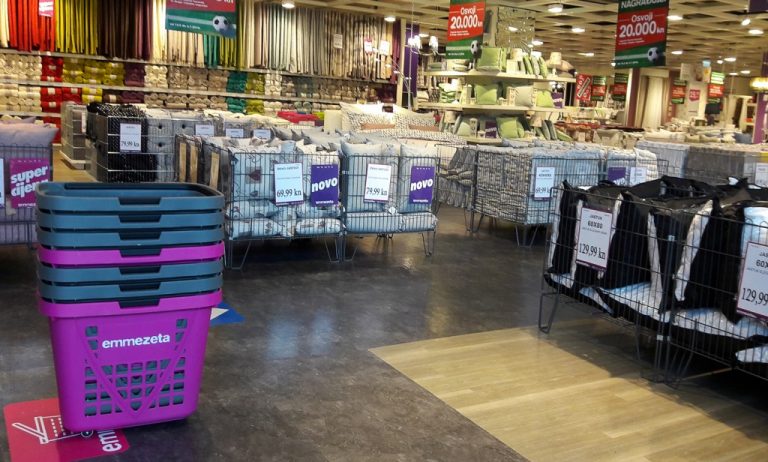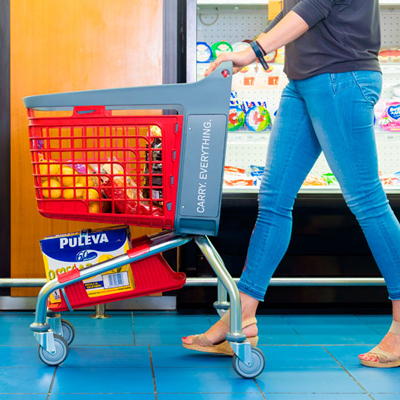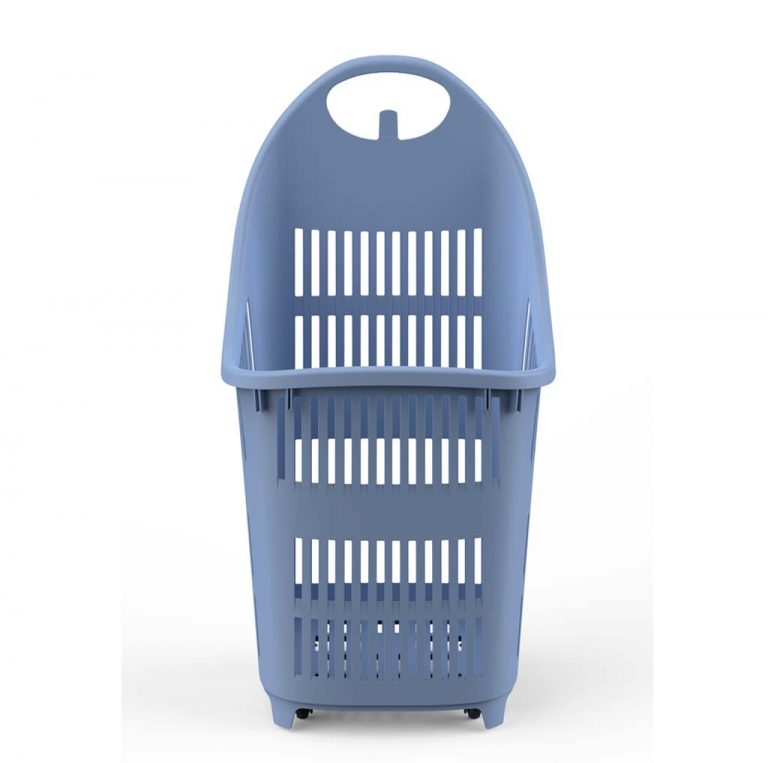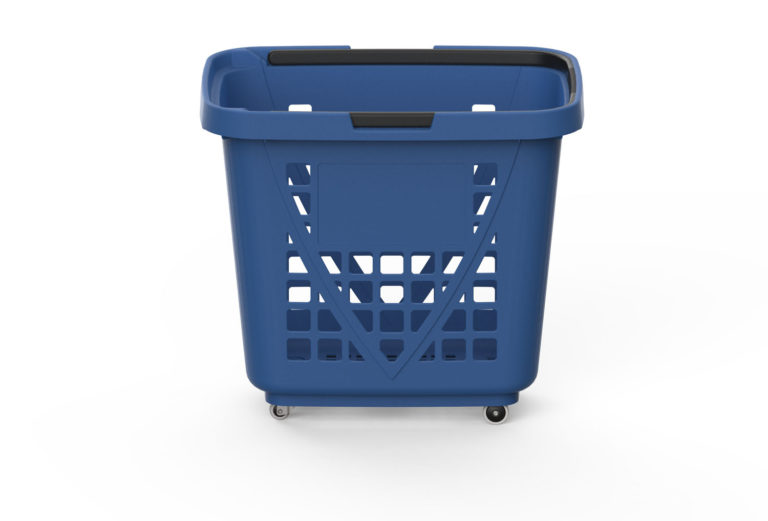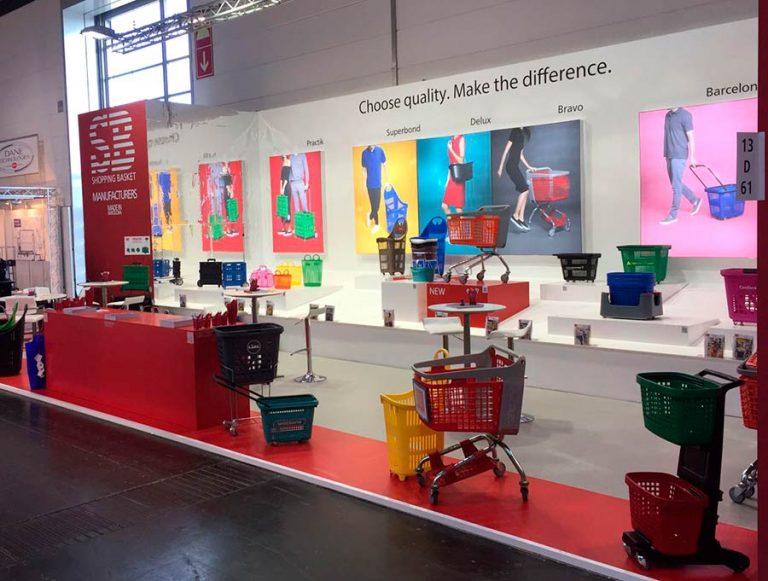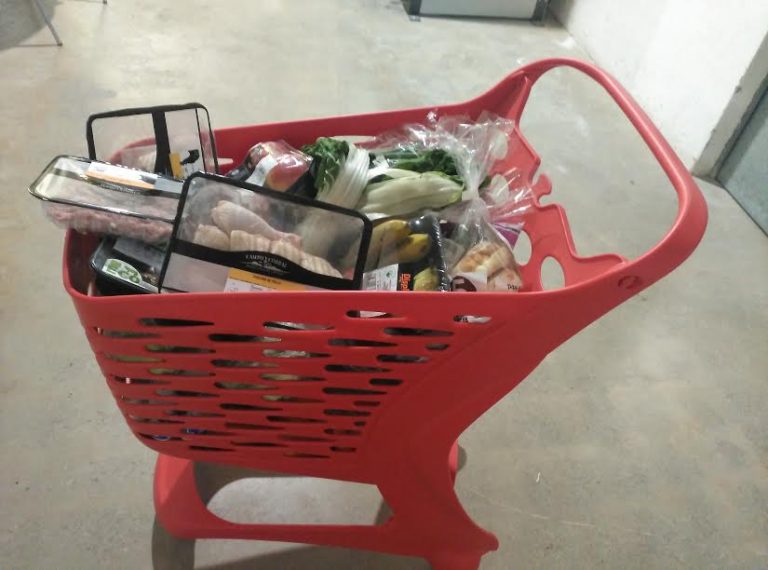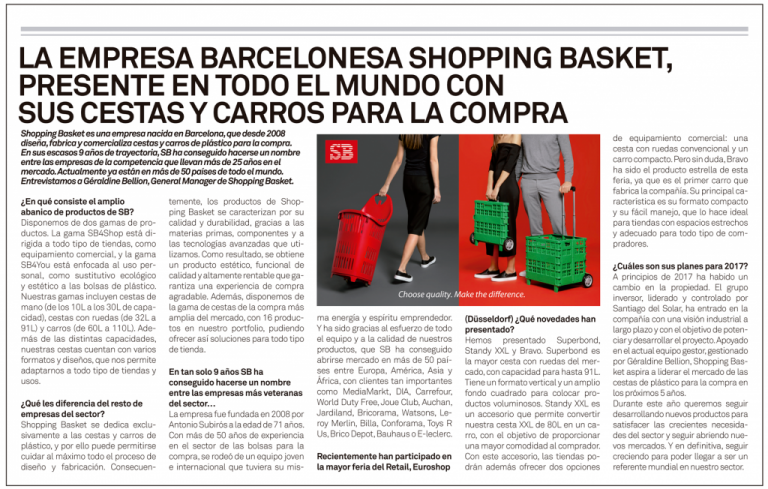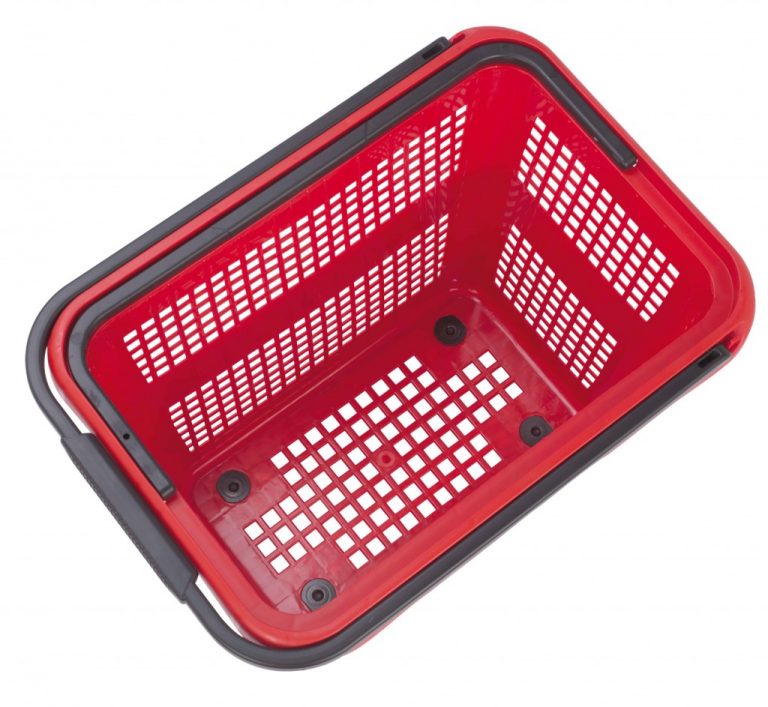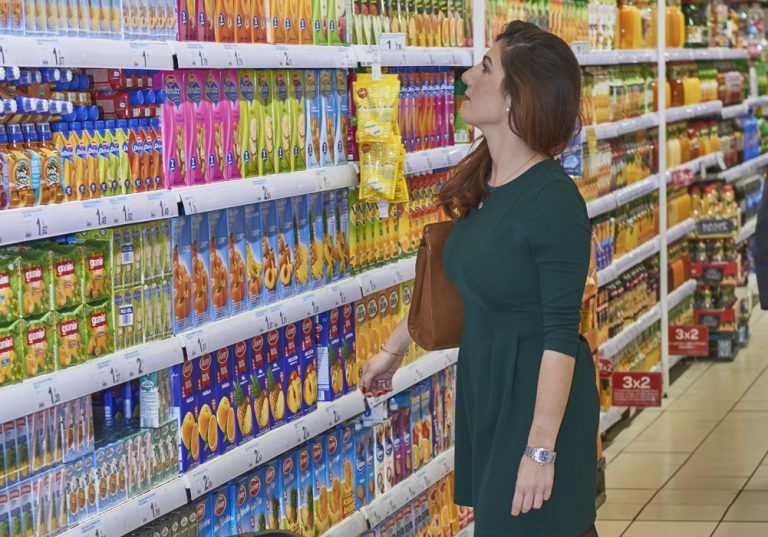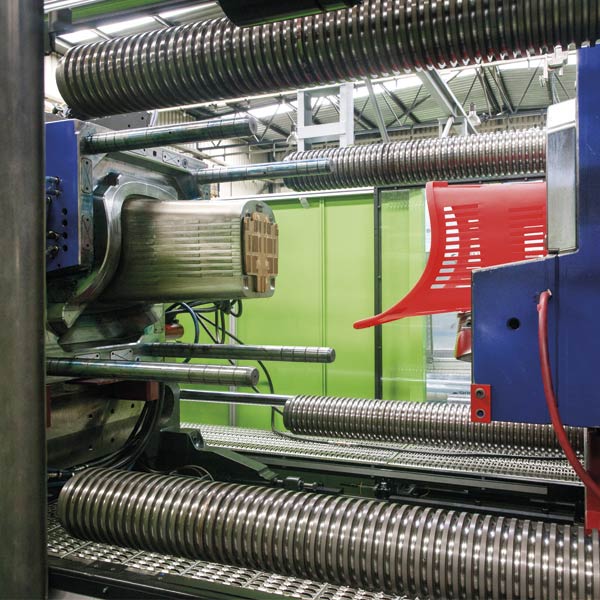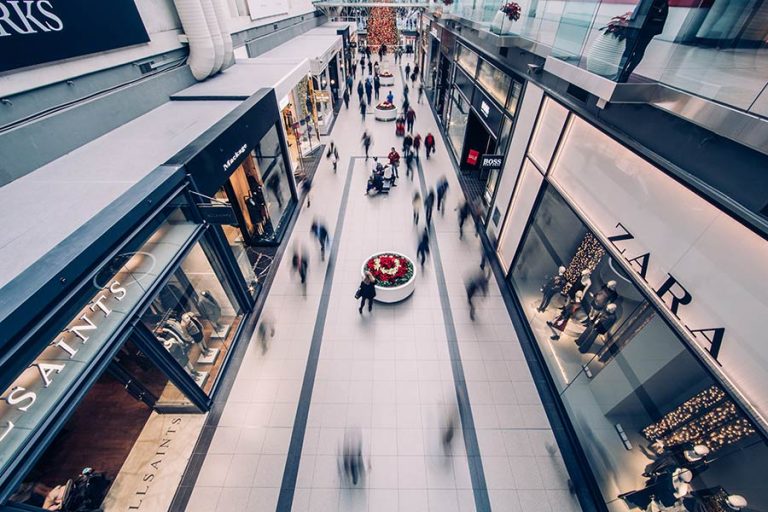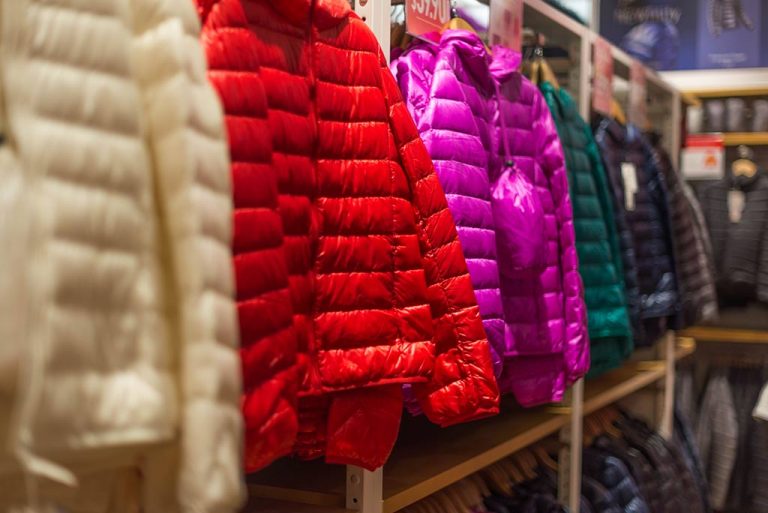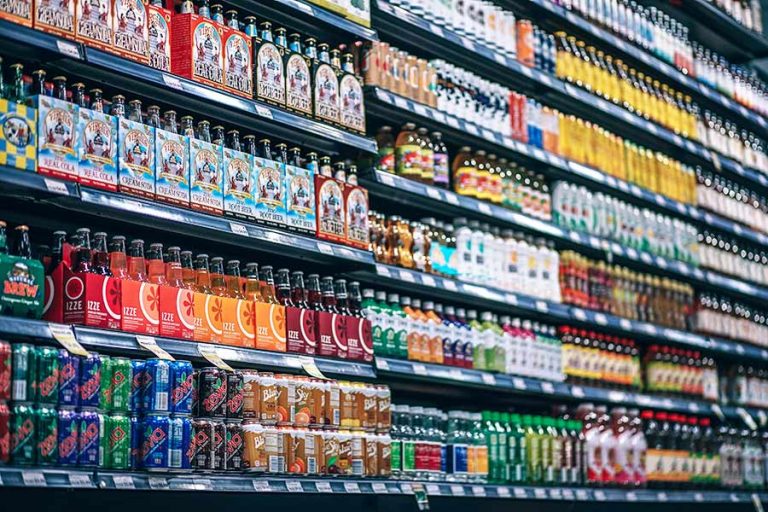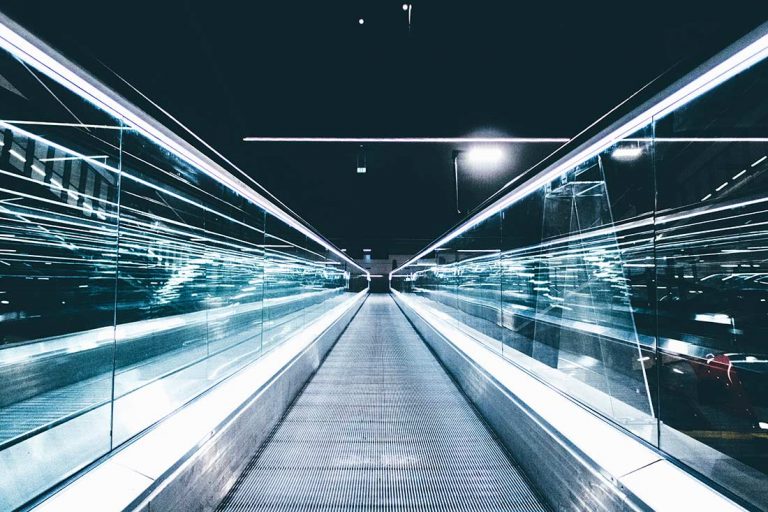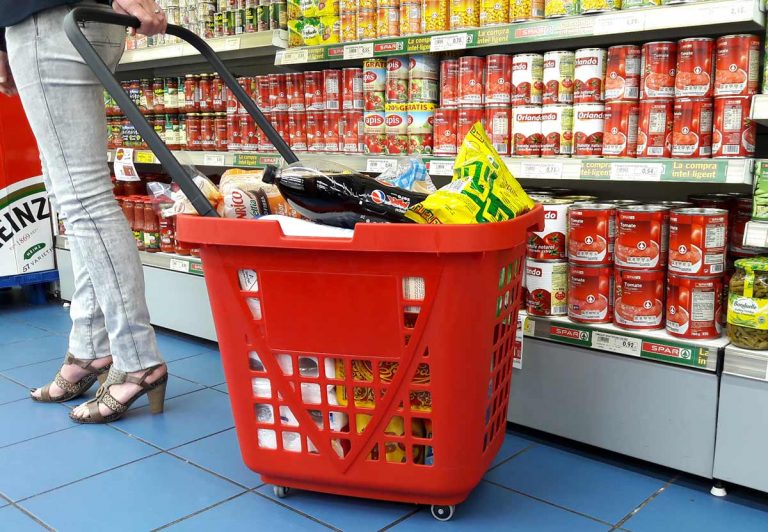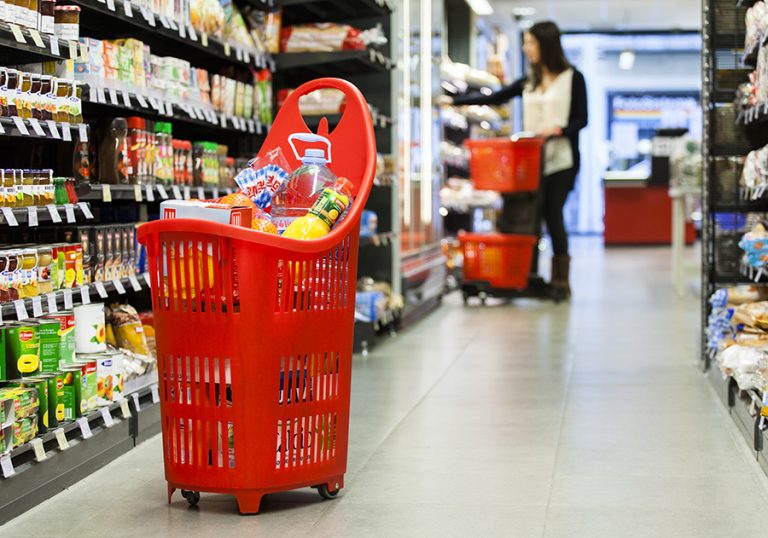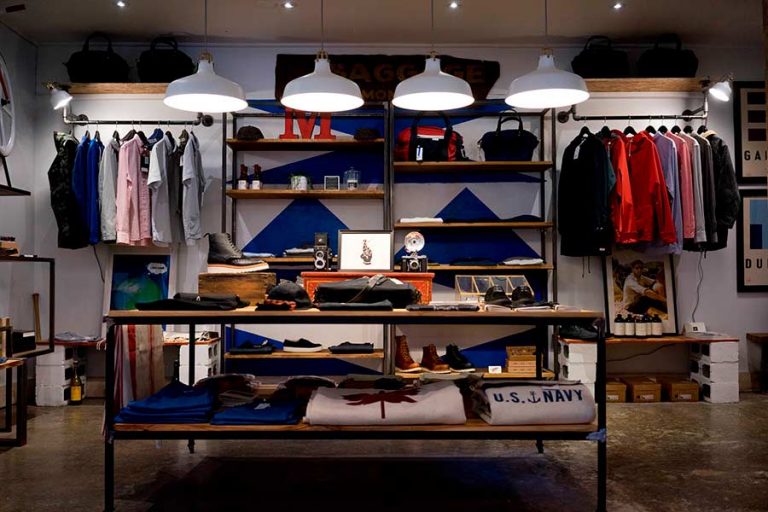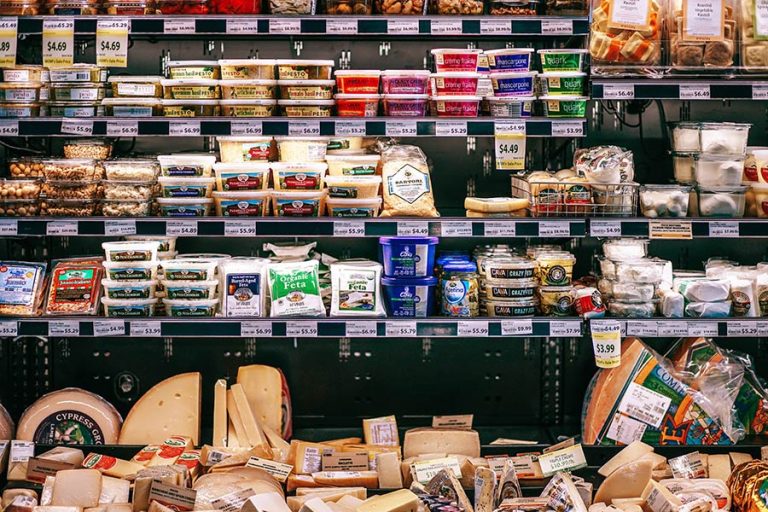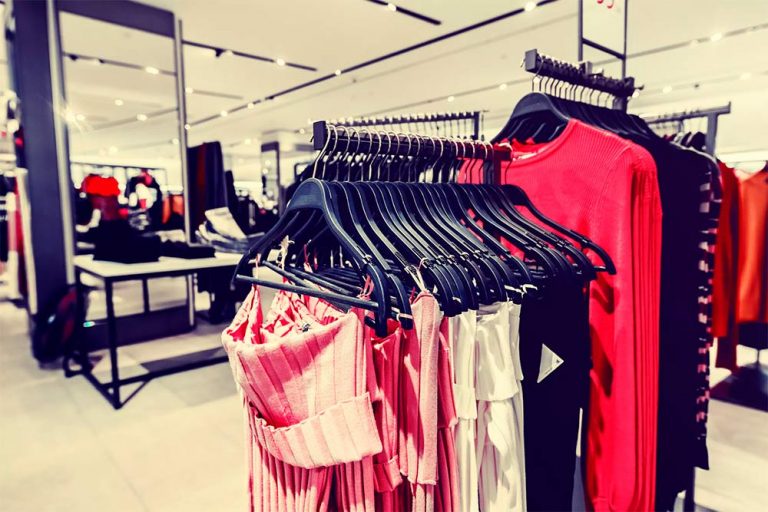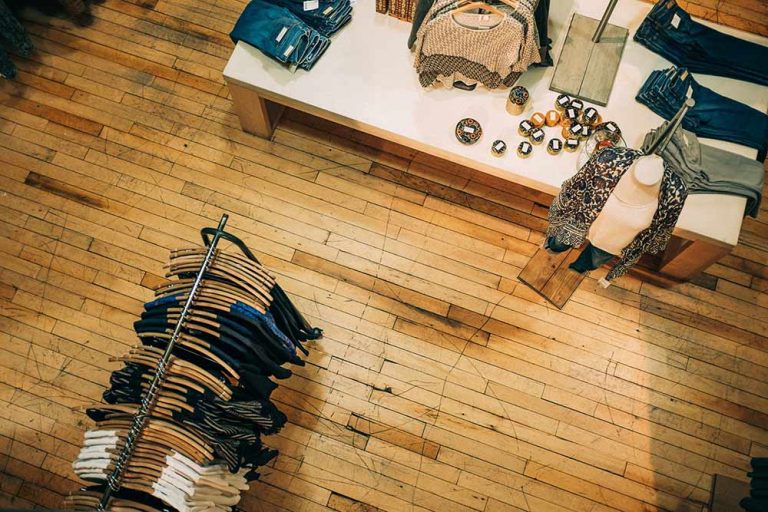In this article, we’re going to explain the meaning of IoT in retail and everything you need to know about it. IoT has become a powerful tool that is revolutionizing many sectors, for both businesses and consumers.
What is IoT in retail?
It is a technological solution that starts or boosts the digital transformation of companies in the retail sector. Its goal is to enhance the shopping experience for consumers and, consequently, increase sales levels and retain customers so they continue to trust your services.
To give you a broader idea, we will explain a series of examples of how IoT can be implemented in retail in your business.
Intelligent Transportation
Transportation is a key element in any retail sector, as it significantly affects the operation of economic activities. Transports already come equipped with technological devices such as GPS, which has become an essential daily tool.
However, the Internet of Things goes much further. It is now possible to achieve better cartography in any type of territory. This way, routes can be optimized, saving both costs and time. A good example is RFID (Radio Frequency Identification). With this device, real-time tracking of products throughout the supply chain is possible.

Smart Shelves
Shelves can be equipped with devices that track the goods placed on them. In practice, when an item is purchased by a customer, this tool notifies the corresponding database that there is one less product. Thus, inventory management will improve significantly, and products can be restocked more quickly..
Robot Assistance
The robotic revolution will be the next to start once AI is fully developed. However, stores and businesses have already acquired robots that assist customers in various tasks. For example, greeting and meeting customers entering the store, placing products, or cleaning. Amazon already uses such robots in its facilities to optimize material and time costs. Another trending robot model helps customers find products, especially in large stores.
Pay attention to the upcoming innovations regarding robots, as numerous models are being designed that will revolutionize the workplace.
Automated Payments
Have you heard about virtual stores where there are no employees? Although they are still the exception and are being opened by large companies, they will eventually be present in almost all countries in the short and long term.
One of the most important features of virtual stores is that payments are fully automated. Customers simply need to log in to their accounts to access the store. Once inside, when a product is taken off the shelf, smart sensors connected to the user’s app send a notification to the customer’s account to add it to their shopping cart. Once the customer completes their purchase, to leave the store, they just need to pay for their purchase.
Location and Customized Notifications
Geolocalized notifications are already a reality and keep the retail sector constantly connected with its customers. Geolocation keeps customers informed at all times about the latest news from their trusted companies, as well as possible discounts, promotions, and offers.
The great novelty of these notifications is that they are sent when the user is near the physical store or in a specific geographic area. It’s a way to attract the customer and further increase loyalty.

Electronic Price Tags
Physical tags are becoming a thing of the past due to the advances of IoT in retail. It’s not just about saving paper costs, as this advance goes beyond that. They function autonomously and update wirelessly. This way, they can be controlled and updated remotely, also saving on personnel costs. Another benefit is that, if there have been price changes, these can be synchronized and updated in real time to match the online store.
In conclusion, IoT in retail is truly transforming this sector due to the optimization of procedures, improvement of the shopping experience for customers, and cost savings.

 Sign up for our newsletter and be the first to receive our articles!
Sign up for our newsletter and be the first to receive our articles!
